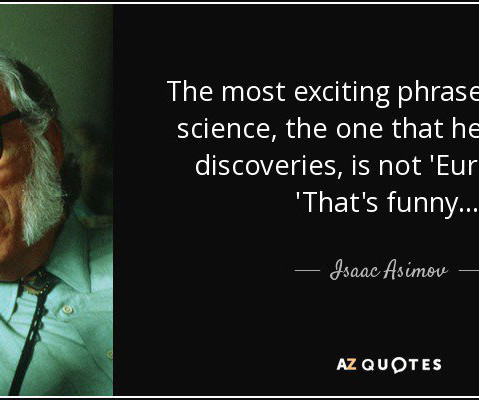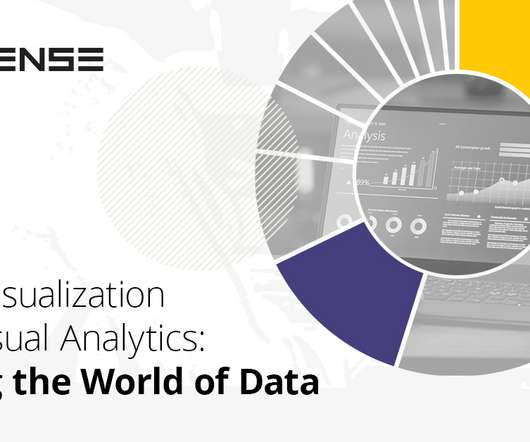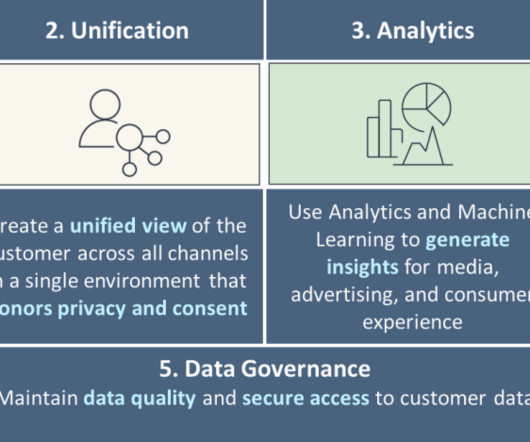Three Emerging Analytics Products Derived from Value-driven Data Innovation and Insights Discovery in the Enterprise
Rocket-Powered Data Science
JULY 19, 2023
The results showed that (among those surveyed) approximately 90% of enterprise analytics applications are being built on tabular data. The ease with which such structured data can be stored, understood, indexed, searched, accessed, and incorporated into business models could explain this high percentage.
















Let's personalize your content